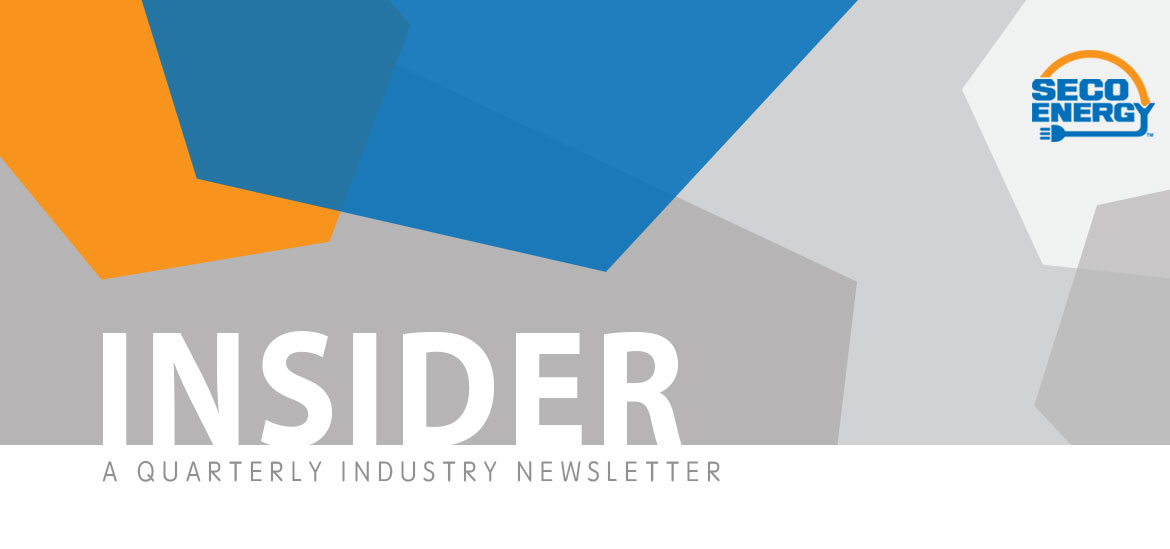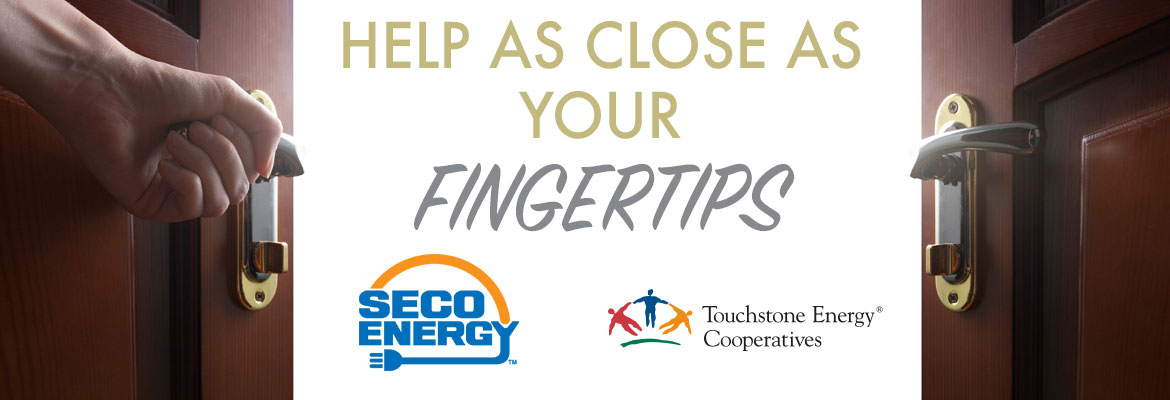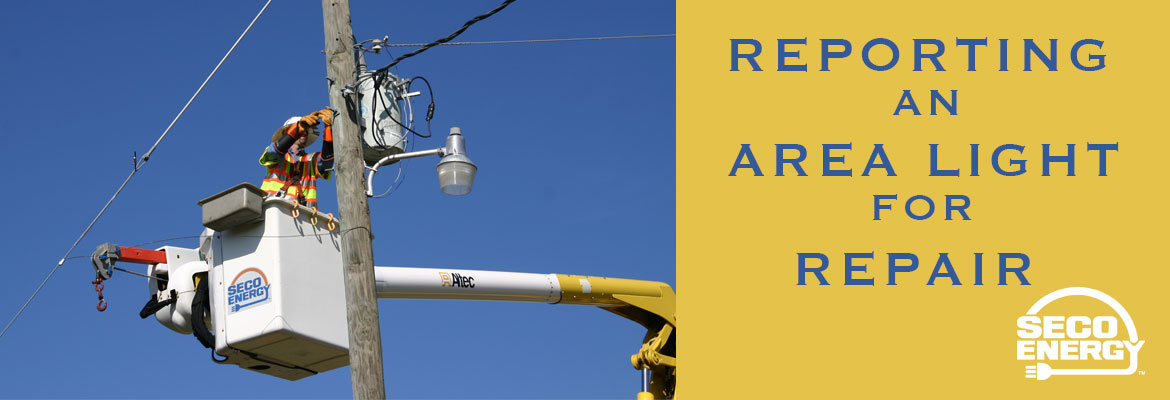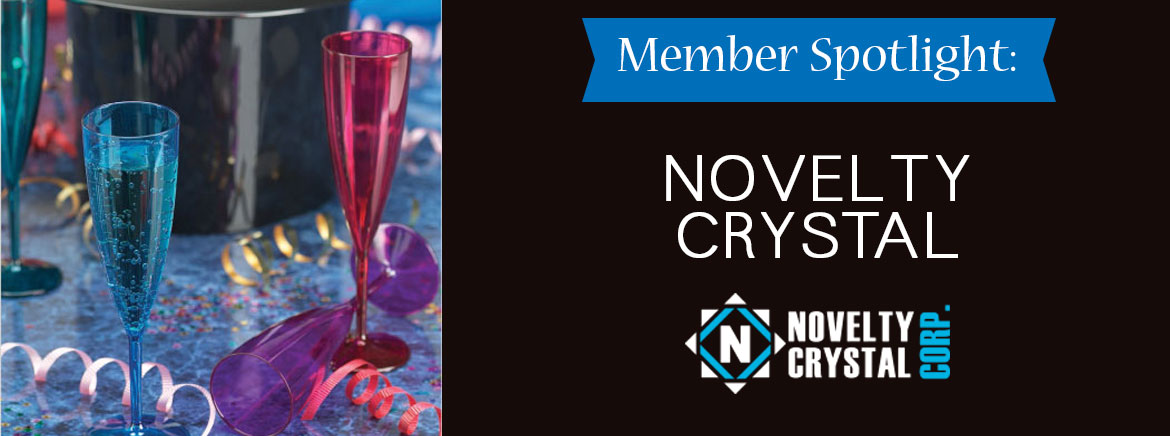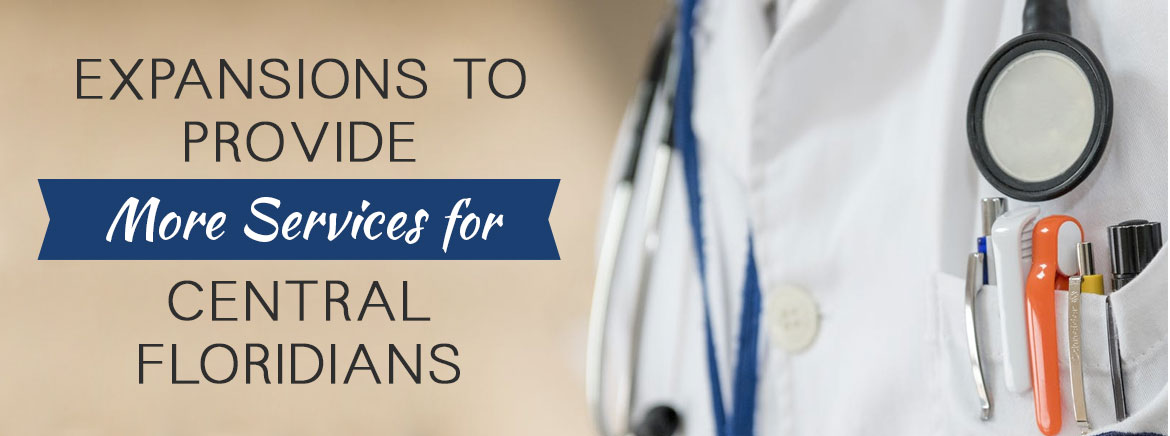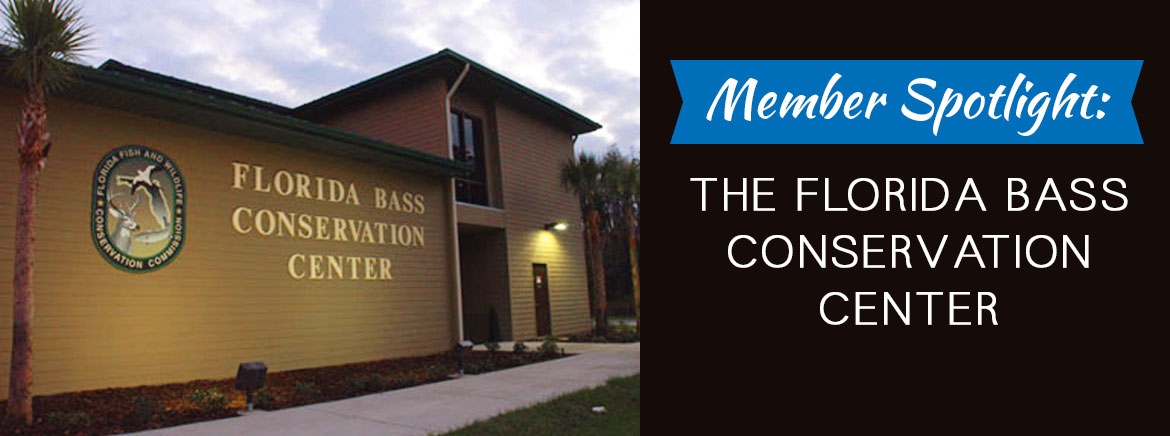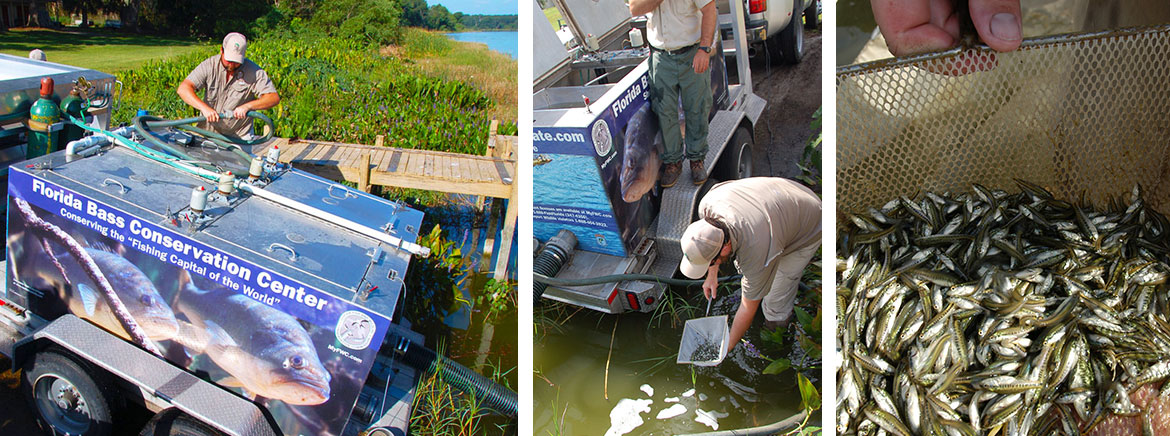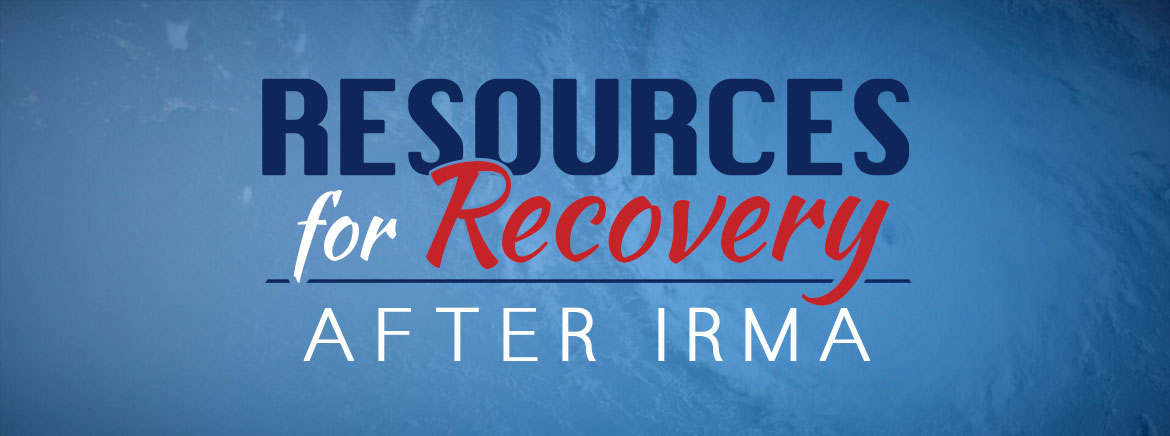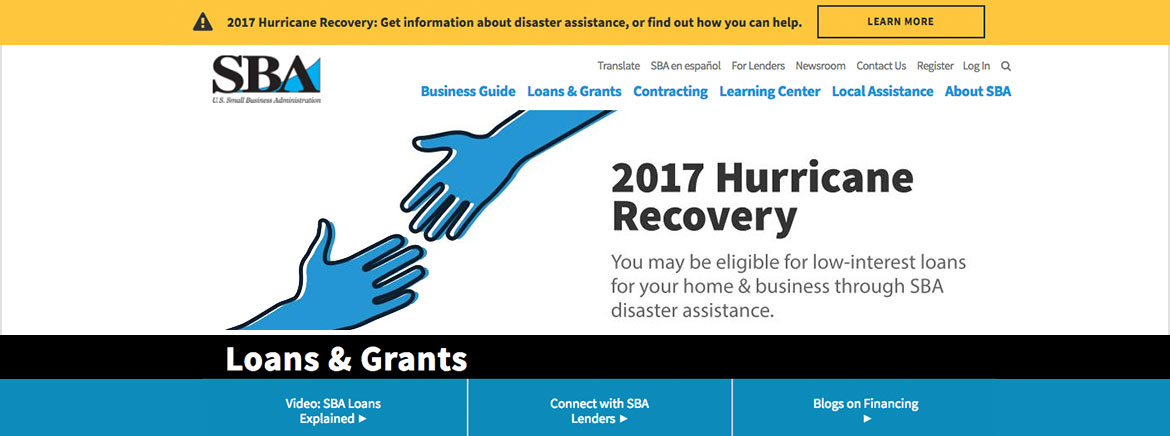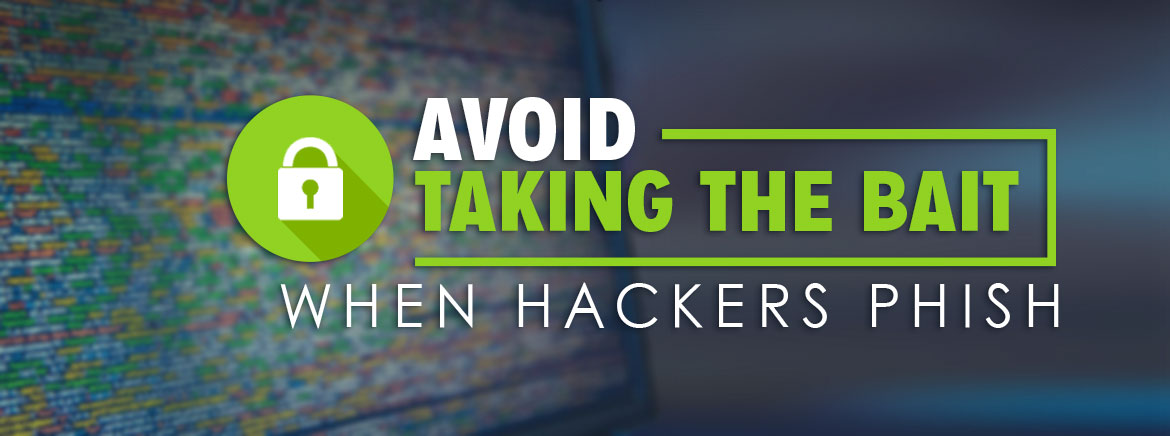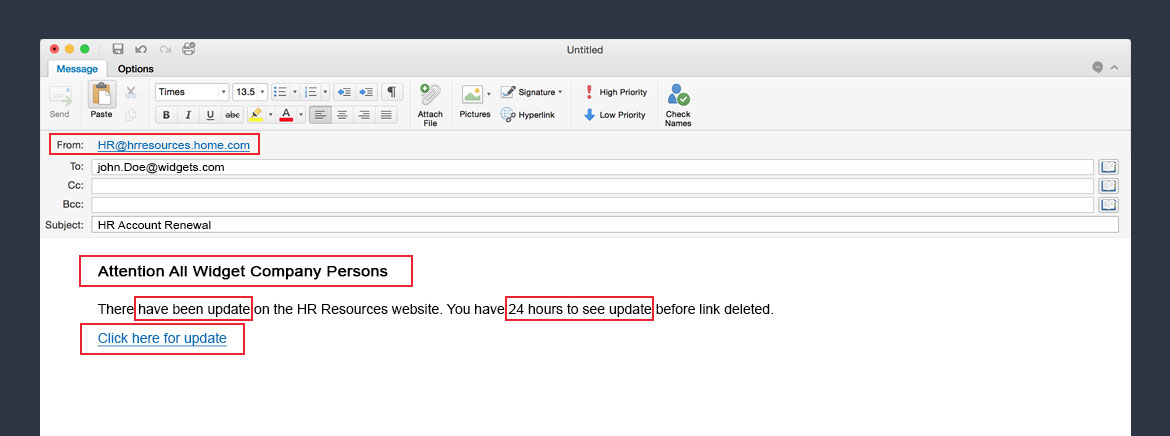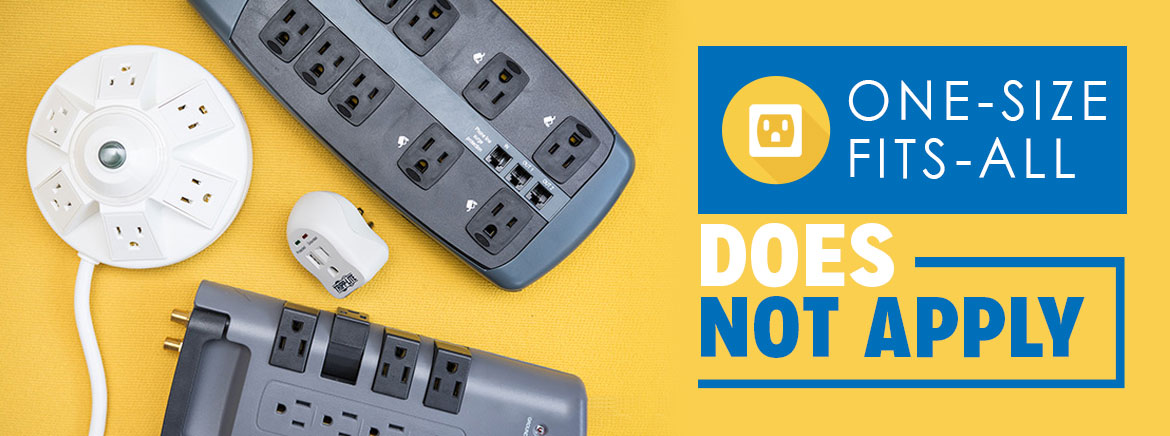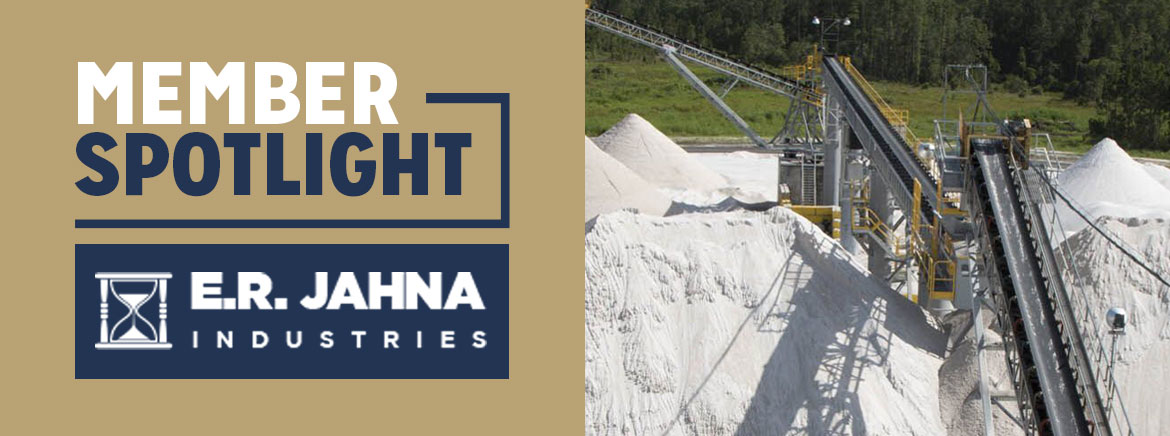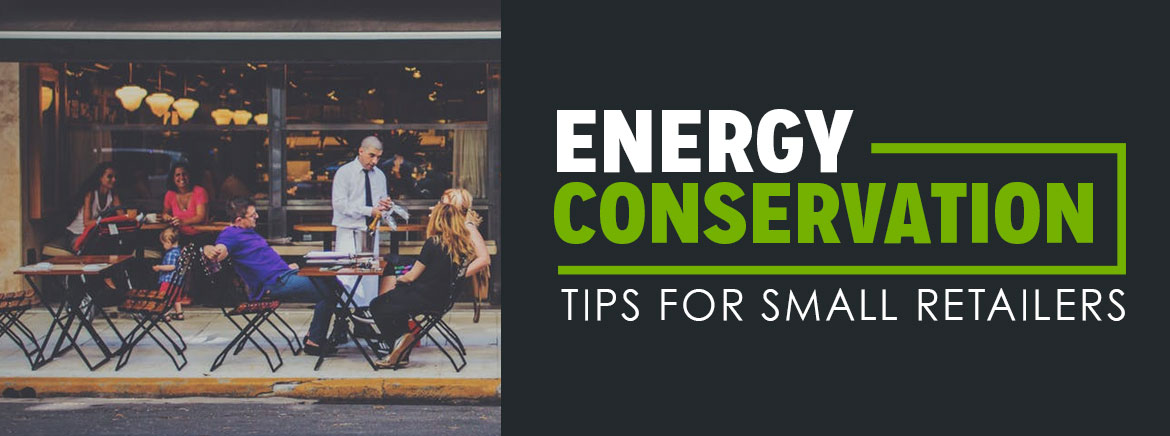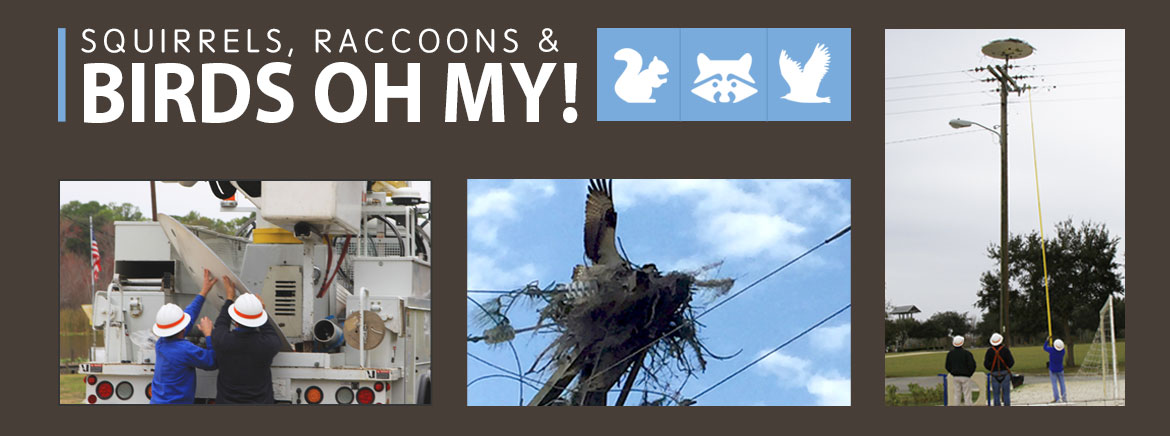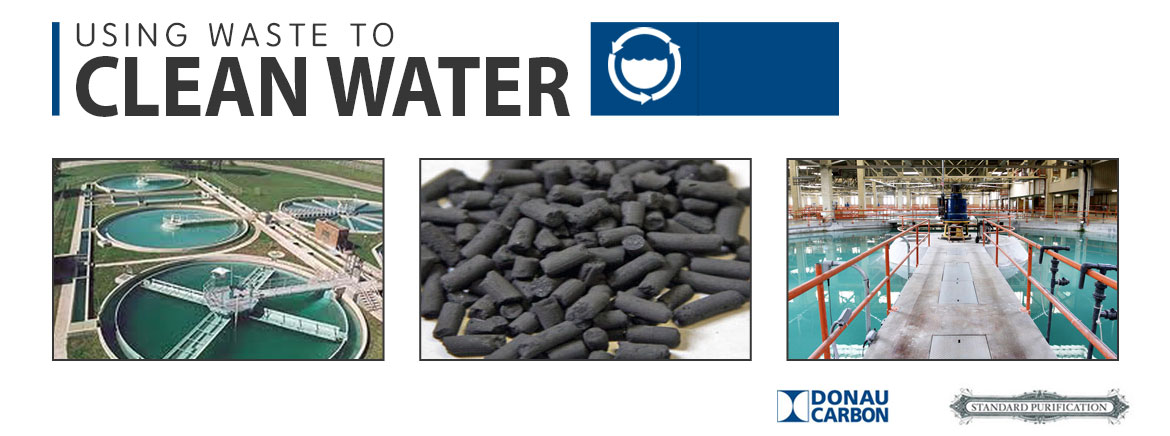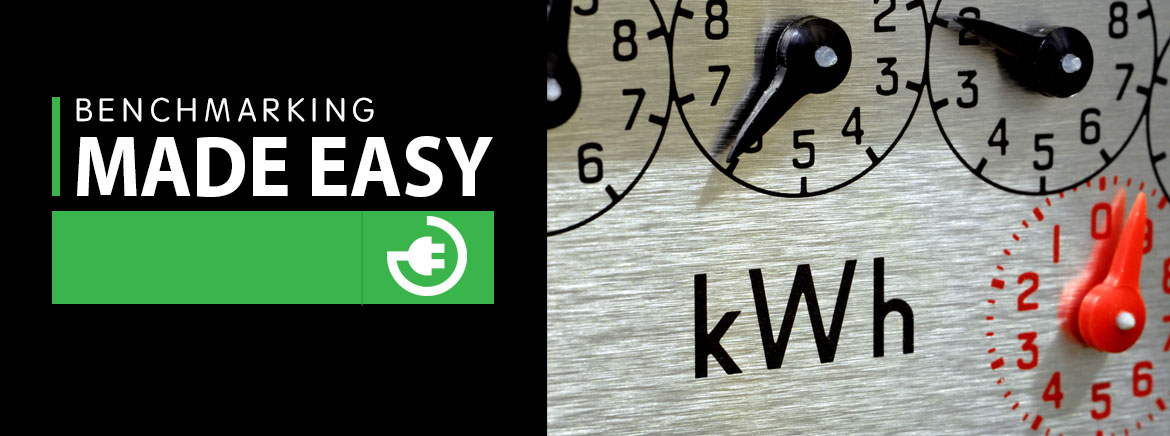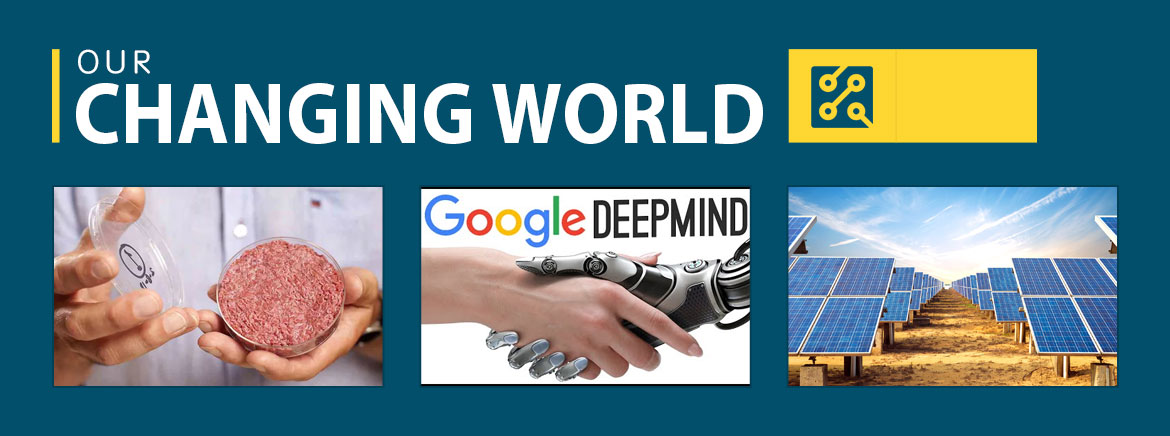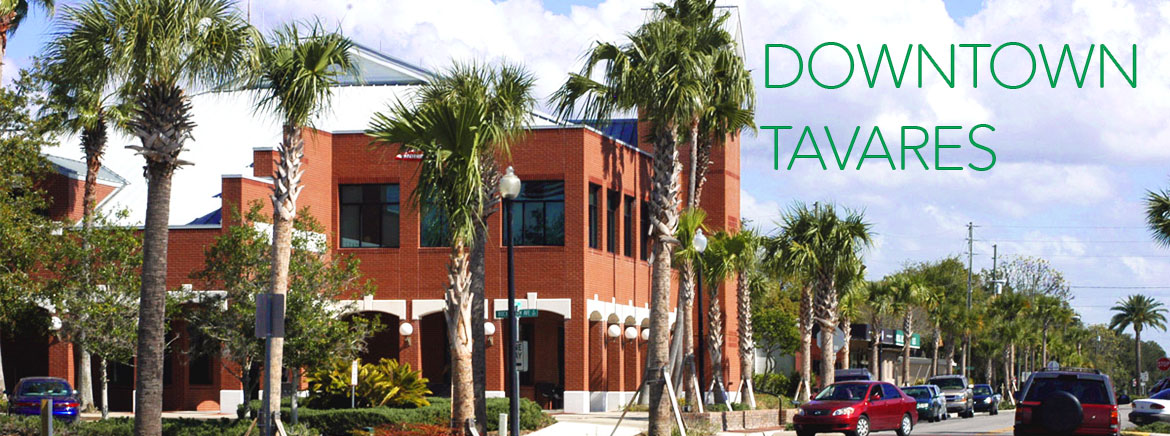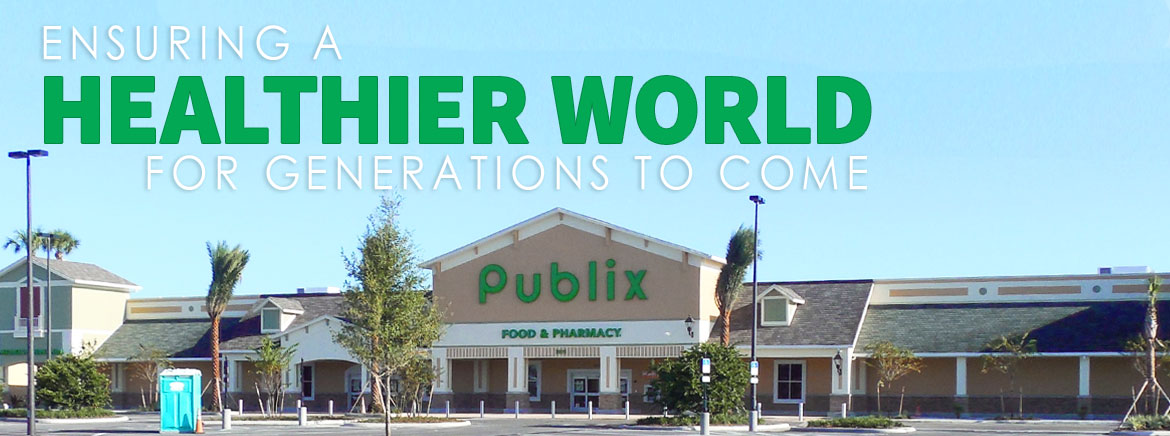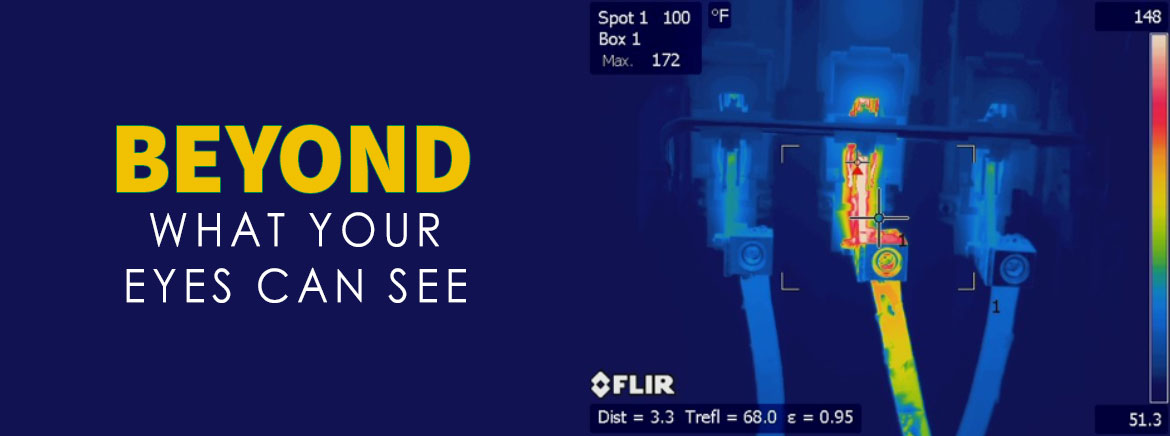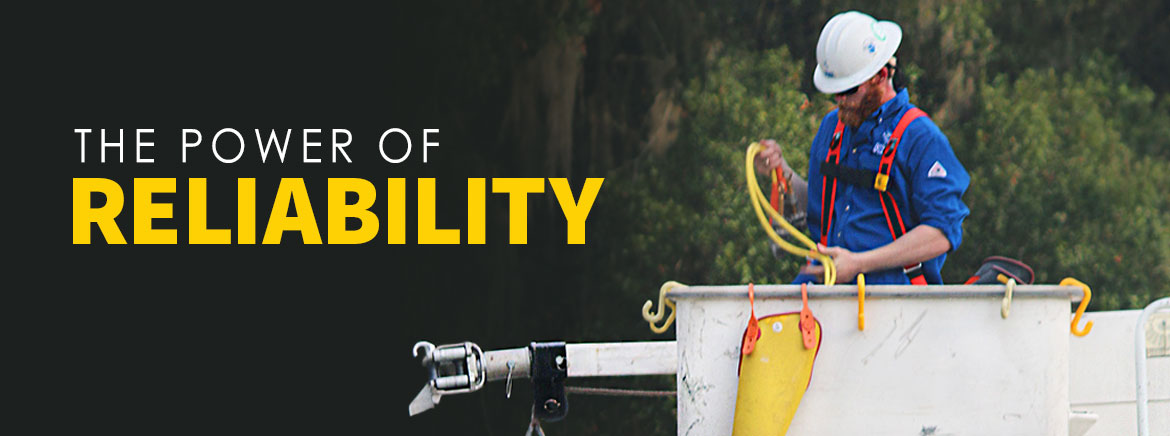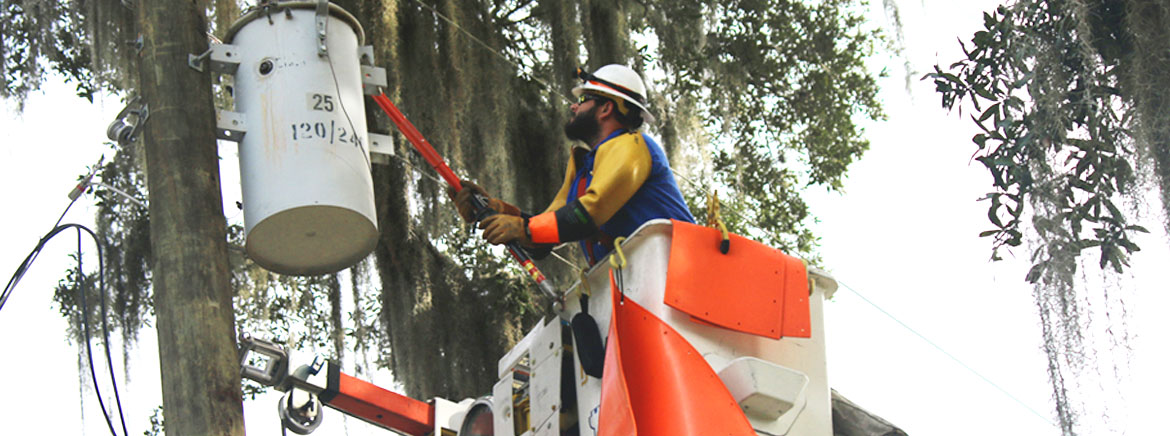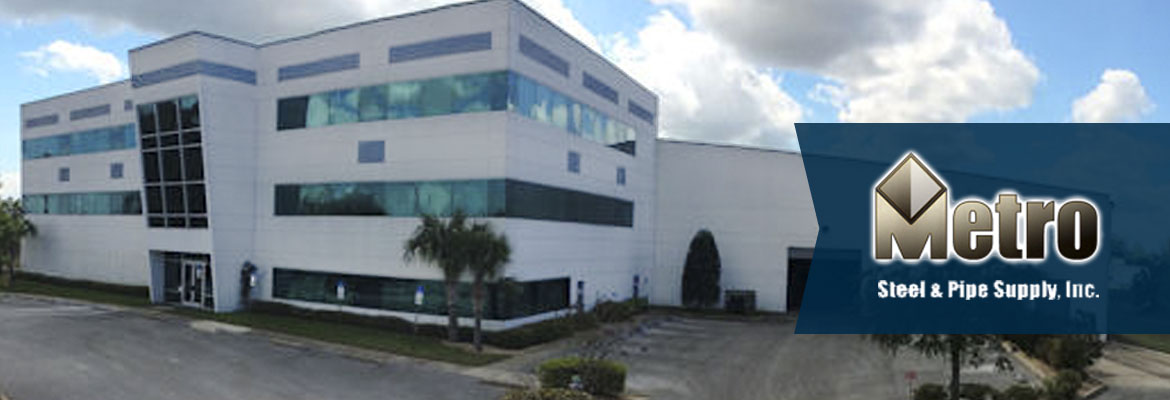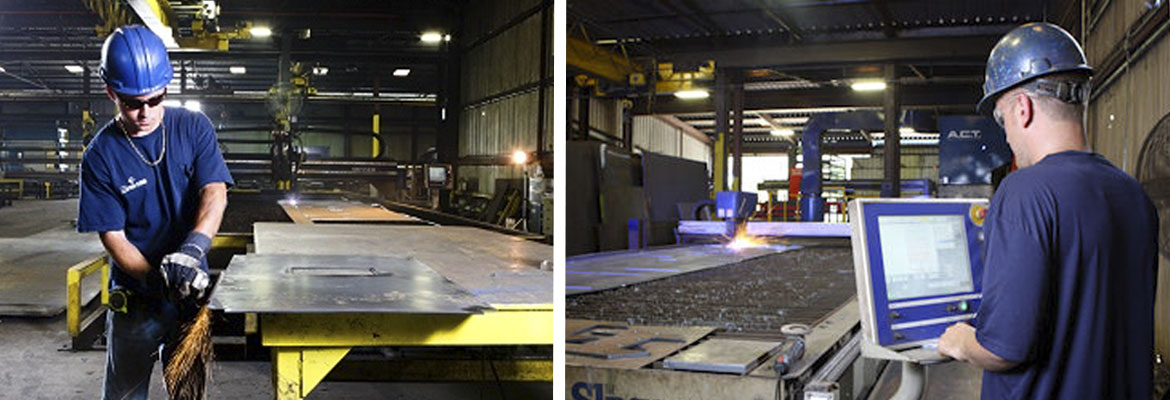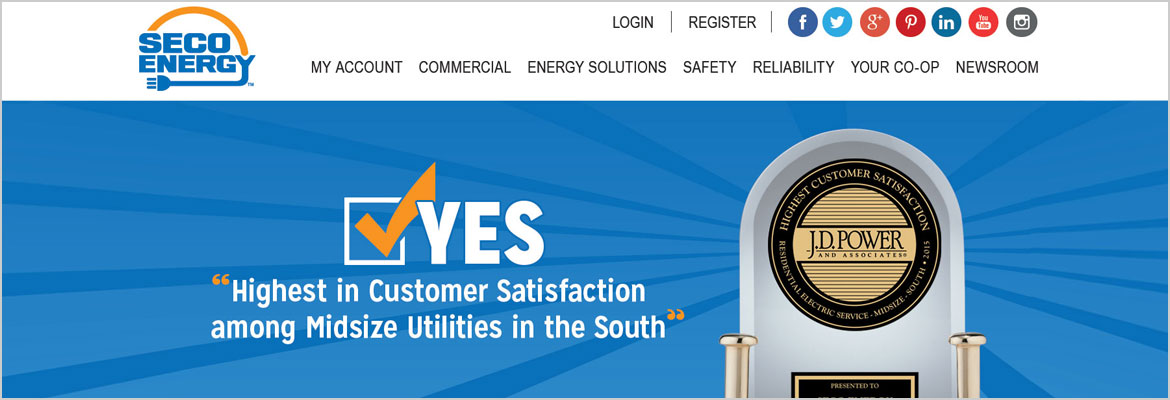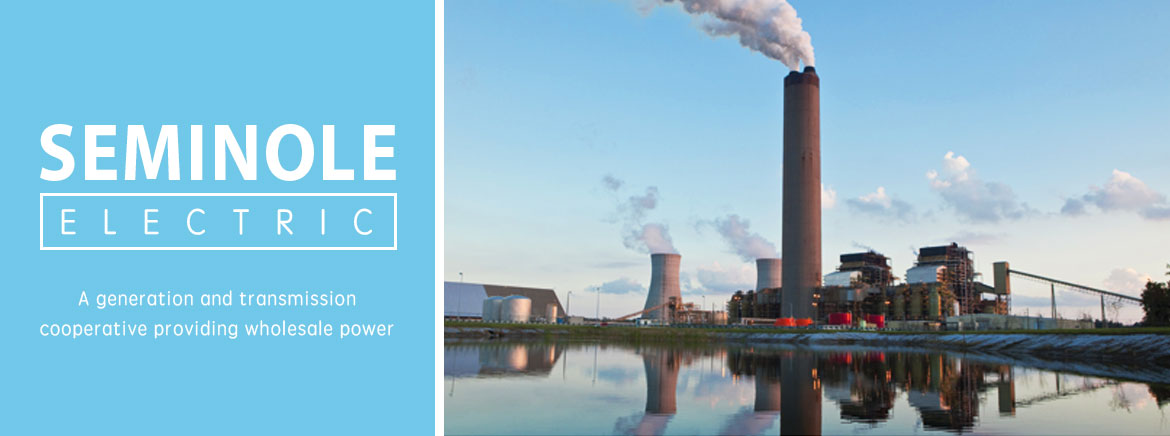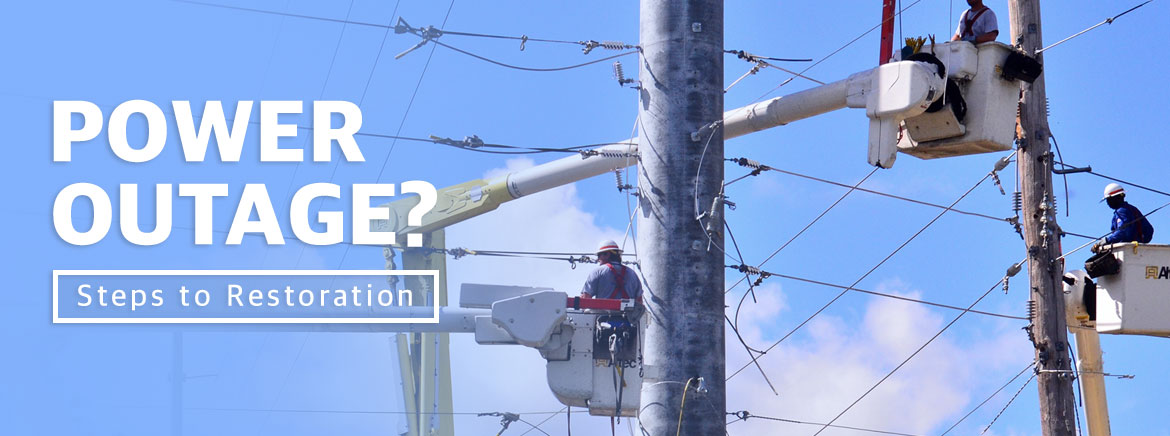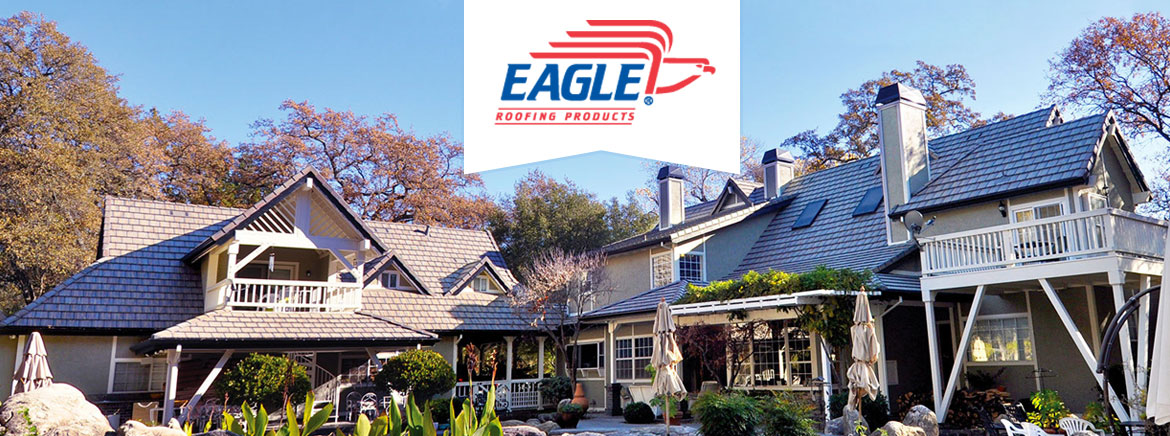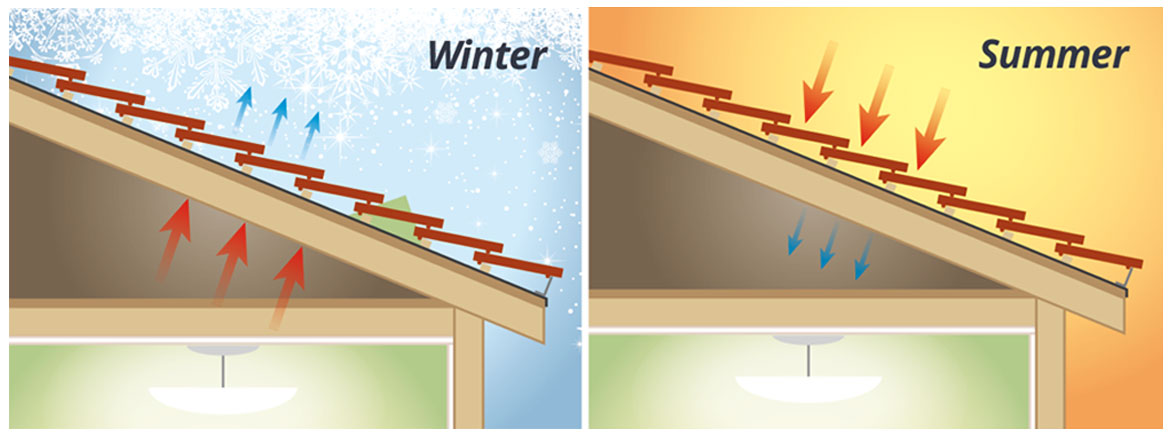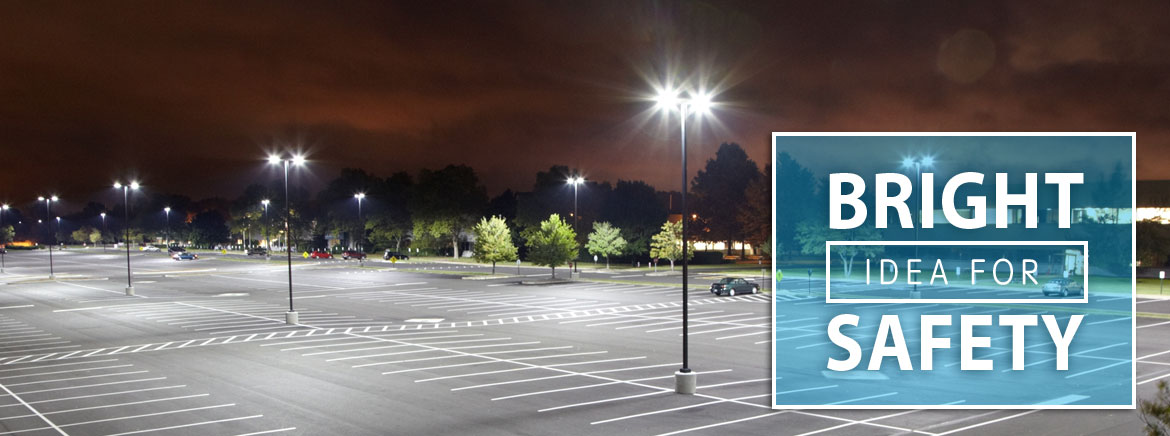Energy Insider – 1st Quarter

Premium Flakes
SECO member Derby Gold Pine Shavings, located in rural Williston, is Florida’s longest operating shavings and packing facility. Founded by the Hodge brothers Eddie, Johnny and Billy, Derby Gold was established in 1999 and opened their Central Florida mill in 2000. Derby Gold manufactures and ships the finest equine bedding in the industry. The family has more than 30 years of experience in the timber and forest industries in Florida.
Derby Gold shavings and pellets are all 100% pure premium pine harvested from plantations in Florida, managed by Williston Timber Company; another Hodge family business to assure the best in quality pine. The timber is shaved into soft curls and goes into a triple-pass kiln dryer which removes the moisture to 12%. This process eliminates harmful bacteria while maintaining a soft and absorbent bedding material.
The next phase in the multi-screen manufacturing process sorts the flakes by size for the three blends of flakes and pellets. This process renders the product almost dust free. All dust and excess material is sent back to fire the kiln assuring no product is wasted. The loose flakes are compressed from 11 cubic feet into a 2.8 cubic feet UVI-treated poly 100% recyclable bag. The bagged product weighs about 20 pounds and when opened expands to approximately 80 cubic feet.
Derby Gold produces Derby Gold Premium Flakes, Derby Gold Blended Bedding and Derby Gold Fine Bedding. All are 100% biodegradable, ultra-absorbent, hygienic with low dust. Derby Gold offers the best equine bedding on the market today with the strictest quality control methods available. This is why Derby Gold bedding is used by the University Of Florida College Of Veterinary Medicine.
Derby owner Eddie Hodge believes “that if you’re not growing you’re dying.” His goal is to maintain a complete product inventory at the mill, available for rapid delivery, in bulk and by the bag, to points in Central Florida and around the globe. Learn more at Derby Gold Shavings or 1-877-528-9044 (toll-free).

Member Spotlight: Robbins Manufacturing
Robbins Manufacturing was formed in 1938 by Bruce Robbins, Sr. in Tampa. The company began operations initially as a lumber sawmill for export and use around the Tampa Bay area.
“Interestingly, Florida Southern Pine wood was at the time known for ‘groaning’ before it broke. This made the wood extremely popular with the diamond mining industry in Africa,” states Jay Robbins, grandson of the founder. “This feature opened up a new export market overseas for the company, allowing us to grow as a supplier of lumber for the mining and industrial sectors.” The “groaning” wood provided a much-needed warning system for those working in the mines.
Besides the mining and industrial market, back in the early days, Robbins Manufacturing supplied lumber to three US Military Bases in the Tampa Bay area during World War II. In the 1950s, Robbins began pressure-treating lumber for use in the Central Florida building industry suppling pressure-treated dimensional lumber and other building products for construction. The company expanded to many locations throughout the Southeast during this period.
The current consolidated company, served by SECO Energy, is now located in Tarrytown, Florida. This Sumter County sawmill opened in 1964. Past production at this location included dimensional building lumber and picket boards for privacy fences. Posts and poles were also produced and shipped to Tampa for treatment.
In 2012, Robbins Manufacturing commissioned a new chromated copper arsenate (CCA) treatment process at the Tarrytown plant. CCA is an impregnation treatment meant to protect the wood from biological deterioration from insects, fungus, soil and/or water. This new process was more economical than shipping lumber to Tampa for treatment.
Currently Robbins’ focus is marine, agriculture and industrial applications. They produce posts, pilings and utility poles. Robbins’ sell and distribute marine-treated piling and pressure-treated dimensional lumber, pressure-treated fence posts for the ag industry and poles for the electric utility industry. Their products are available throughout Florida, along the East Coast into Virginia and Ohio. Learn more online.

SECO Energy’s Time-of-Use and Interruptible Rate options
Have you given thought to peak shaving/demand management?
Are you in need of backup power for production when utility power is not available?
If you answered yes to either of these questions you may want to consider distributed generation (DG) at your facility.
Distributed generation is any electricity generating technology, such as generator, installed to power your facilities. DG gives commercial and industrial members the advantage of flexibility, the power of security and for some, it can equate to savings.
With most utilities, commercial and industrial (C & I) members are billed kilowatt-hour usage and kW demand each month. The demand component of the bill is based on the single-highest amount of electricity used in a 15-minute interval during the billing period. This is known as peak demand. One advantage of having distributed generation installed at your facility is being able to operate it for shaving load during peak demand periods. This flexibility can provide an opportunity to lower costs without impacting productivity. Savings achieved varies depending on the amount of peak shaving, your utility’s rate tariff and the cost to engage your distributed generation.
Although utility grids are very reliable, occasionally there are disruptions and instability because of bad weather or other factors beyond your utility’s control. Due to distances involved in conventional power grids, an issue in one area can completely shut down operations in another. Having distributed generation at your location provides the power of security allowing continued operations when there are problems elsewhere and despite world or weather related occurrences.
So if you’re in the market for 100% reliability at your facility and possible savings, distributed generation may be an option to consider. To learn how your business can benefit, contact your account representative. To view SECO Energy’s time-of-use or interruptible rate options, take a look at our Index of Rate Schedules.
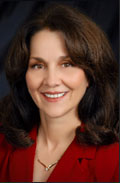
BARBIE SHAW
Manager of Key Accounts & Energy Services
OFFICE: (352) 569-9787
CELL: (352) 303-3567
barbie.shaw@secoenergy.com

HANK BOLDUC
Key Accounts Consultant
OFFICE: (352) 569-9789
CELL: (352) 303-3546
hank.bolduc@secoenergy.com

RYON MEYERS
Key Accounts Consultant
OFFICE: (352) 569-9781
CELL: (352) 636-9593
ryon.meyers@secoenergy.com
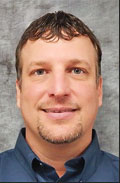
J.D. SIMMONS
Key Accounts Consultant
OFFICE: (352) 569-9790
CELL: (352) 303-3183
jd.simmons@secoenergy.com



